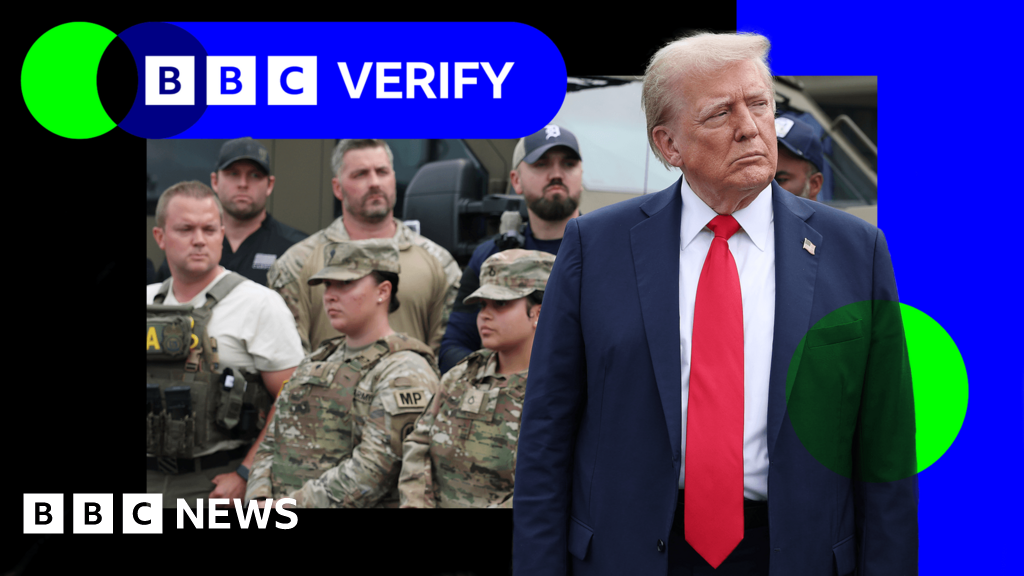The scene at Washington DC's Union Station, where passengers are greeted not just by taxis but also by uniformed troops and armed military vehicles, vividly demonstrates President Trump's 'crime emergency' strategy. Since his administration took control of the city's police department and dispatched National Guard troops, FBI, and ICE agents onto the streets beginning August 11, Trump has proclaimed significant success, asserting that crime rates are down dramatically. However, while statistics from the Metropolitan Police Department indicate a 23% drop in violent crime with only 75 incidents reported over the two-week period, experts like US crime analyst Jeff Asher suggest the decline may not paint the complete picture. The lag in crime reporting could lead to misleading interpretations of the data.
Further complicating the situation is the 1,048 recorded arrests during the crackdown, with approximately 50% reportedly involving undocumented immigrants. However, criminologists caution against relying solely on arrest rates as an indicator of effective crime reduction, noting that the judicial system must keep pace with these enforcement actions. With a reported surge in cases, judges are expressing concern over the system's ability to manage the increased prosecutorial workload while safeguarding defendants' rights. As the legal processes unfold, attention turns to how these approaches will affect the long-term crime landscape in the city.
Further complicating the situation is the 1,048 recorded arrests during the crackdown, with approximately 50% reportedly involving undocumented immigrants. However, criminologists caution against relying solely on arrest rates as an indicator of effective crime reduction, noting that the judicial system must keep pace with these enforcement actions. With a reported surge in cases, judges are expressing concern over the system's ability to manage the increased prosecutorial workload while safeguarding defendants' rights. As the legal processes unfold, attention turns to how these approaches will affect the long-term crime landscape in the city.





















